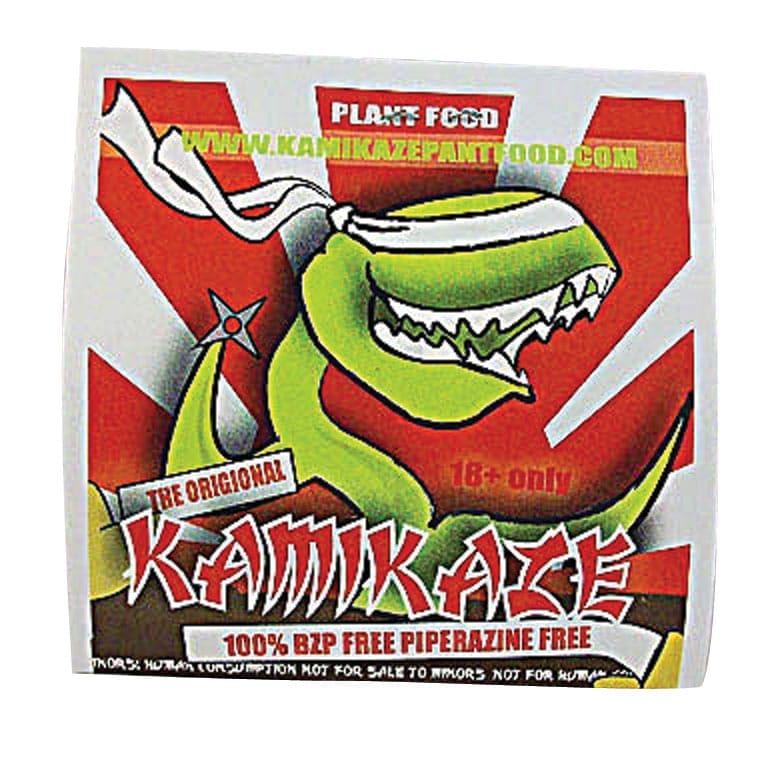“Bath salts” are a modern class of illicit/illegal drugs with a close chemical relationship to natural, mind-altering substances contained in a stimulant plant called khat; these drugs have entered circulation in the U.S. over the last several years. Bath salts are used by only a very small minority of American teenagers. According to results of an annual survey conducted by the National Institute on Drug Abuse and the University of Michigan, rapid shifts in teen attitudes on bath salt use will likely help keep the drugs unpopular in the future.
Bath Salt Basics
Bath salts get their name because manufacturers of these drugs initially tried to avoid the attention of federal and state authorities by advertising their products as bath aids. The chemicals they contain—called synthetic cathinones—are closely related to the stimulant cathinone, which acts as the main ingredient in khat. Specific examples of these chemicals include two substances called mephedrone and MDPV. Known main effects of bath salts include amphetamine-like stimulation and hallucinations similar to those associated with the use of LSD, Ecstasy (MDMA) or other hallucinogenic substances. In addition to unpleasant hallucinations, harmful consequences of these drugs include panic attacks, episodes of extreme paranoia, convulsions, suicide-related thinking, serious changes in heart function and a destabilized mental state called delirium. Substantial numbers of people affected by these symptoms require emergency room treatment or hospital care. Federal legislation passed in 2012 makes the possession and sale of mephedrone or MDPV illegal.
Tracking Past Use
The survey used by the National Institute on Drug Abuse and the University of Michigan to track bath salt use is called Monitoring the Future. Every year, 40,000 to 50,000 8th, 10th and 12th graders involved in this survey act as a representative nationwide sample for all American teenagers. Since bath salts are relatively new drugs, Monitoring the Future only began tracking their use in 2012. In that year, 1.3 percent of 12th graders used a bath salt product at least once. Less than 1 percent of 10th graders (0.6 percent) and 8th graders (0.8 percent) used bath salts at least once in the same span of time. Monitoring the Future also tracks the attitudes that teenagers hold toward the use of alcohol and various drugs. In 2012, results from the survey indicated that 24.9 percent of all 8th graders viewed experimentation with bath salts as “highly risky,” while 38.8 percent of eighth graders viewed occasional use of these drugs the same way. Roughly 32 percent of 10th graders viewed bath salt experimentation as highly risky, while almost 45 percent of students in this grade had the same opinion on occasional use. Even higher percentages of 12th graders held negative attitudes toward bath salt use or experimentation.
Current Shifts in Attitude
When the National Institute on Drug Abuse and University of Michigan researchers reviewed the results from the 2013 version of Monitoring the Future, they found that usage rates for bath salts increased just slightly (less than a percentage point) among 8th and 10th graders. They also found that usage rates among 12th graders dropped slightly (less than one percentage point). None of these changes were large enough to be considered statistically significant. However, the underlying attitudes toward bath salt use changed quite dramatically among students in all three grades. For example, the number of 12th graders who viewed occasional bath salt intake as “highly risky” increased by fully 25 percent. In addition, negative attitudes toward the drugs increased by 17 percent among 10th graders and by 13 percent among 8th graders.
Significance and Considerations
Scientists rarely see such a rapid shift in attitudes on drug use among teenagers or among people in any other age group, the National Institute on Drug Abuse and University of Michigan researchers note. They believe that the opinions currently held by teens reflect the success of public health efforts to advertise the severe potential harms of bath salt use. They also believe that the quick adoption of negative attitudes toward bath salts will likely help keep the rate of use among teenagers at or below their already minor levels. On a related note, the American Association of Poison Control Centers reports a substantial decline in the number of bath salt-related incidents in 2013. While 2,691 such incidents were reported to poison control centers across the U.S. in 2012, only 913 reports were filed through the first 11 months of 2013.

